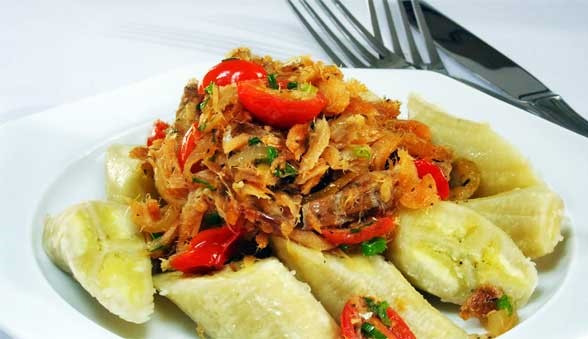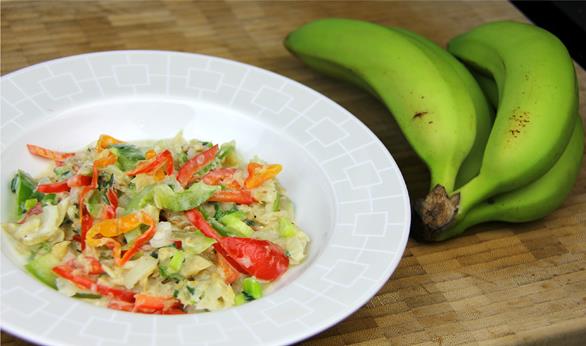CHRISTIANSTED — As the Holy Week approaches, many practicing Christians from the region will begin a fast.
For those who devote themselves to prayer and fasting by consuming small portions of food and staying away from red meat, salted cod fish is one of the top choices when trying to find a good substitute.
Traditionally, people here choose salted cod fish because of the many unique ways in which it can be prepared. Let us be clear, the Easter season is not the only time salt fish is eaten in the Caribbean. It is a popular staple year-round.
Many consumers of the product do not know that there is an interesting story behind the origin of this fish that is a part of the dishes that they love so much.
It goes back many centuries to European countries such as Iceland, Norway and France. There is a saying within the Icelandic culture “Lifio er saltfishur,” meaning “Life is salted fish,” and it has certainly become a sustainer for many.
Interestingly enough the country of Iceland exports 15 to 20 percent of the salt fish that is consumed throughout the world. According to some online sources, in the 17th century salted cod fish became the staple diet of Catholics in European countries as they observed meatless Fridays during Lent.
The traditional method of preserving the cod fish was to hang it on wooden scaffolding or lay it on cliffs or rock near the sea where it would dry naturally in the sun and wind.
Salt fish became a part of Caribbean cuisine dating to colonial times. A small quantity was first introduced to the Caribbean in the 16th century. Then salting became more popular in the 17th century. Salt was cheap and it made the preservation process a lot easier. Furthermore, no special training was needed, so anyone could do it. Fishermen and their families could quickly salt their catch.
It was the basis of many meals served to Caribbean slaves on many plantations. Since it was one of the least expensive source of protein at that time, sugar plantation owners imported salt fish to feed their slaves. It was their only source of protein and it helped the slaves to keep their strength up for the arduous work that they had to do in the fields.
Much like other foods such as tripe, chicken feet and pig feet, after slavery was abolished, salt fish was one of the cheapest available protein for ex-slaves with no money. It became known as the poor people’s food and this stereotype is still very true today.
Indentured servants from India and China who replaced the slaves, also incorporated salt fish into their diets. It enhanced some of the cultural dishes of the Indians that did not have a lot of flavor. It worked well for them because it did not need refrigeration, which is still the case today in some rural areas.
There is no question that salt fish has a distinct flavor and is definitely an acquired taste but wherever you go in the Caribbean region, you will find that each culture has put their own spin on was has become their signature salt fish dish.
Once the salt is extracted, the flavor of the preserved fish comes to life and is even better when the Caribbean spices are added. For the majority of Jamaicans ackee and salt fish also the national dish is hmm hmm good, not to mention some salt fish fritters sandwiched between two slices of hard dough bread.
For Vincentians salt fish cakes and cod fish salad hits the spot. For St. Lucians salt fish accras is good anytime. Barbados cou cou with cod fish gravy their mational dish is good to the last drop. Grenada salt fish souse makes you lick your fingers and Trinidad salt fish boljol is mouthwatering good.
Most Caribbean restaurants do not have salt fish dishes on the menu but there is nothing like going back home and walking through the front door to the smell of your favorite salt fish dish wafting from the kitchen straight to your nose. It says welcome home.




